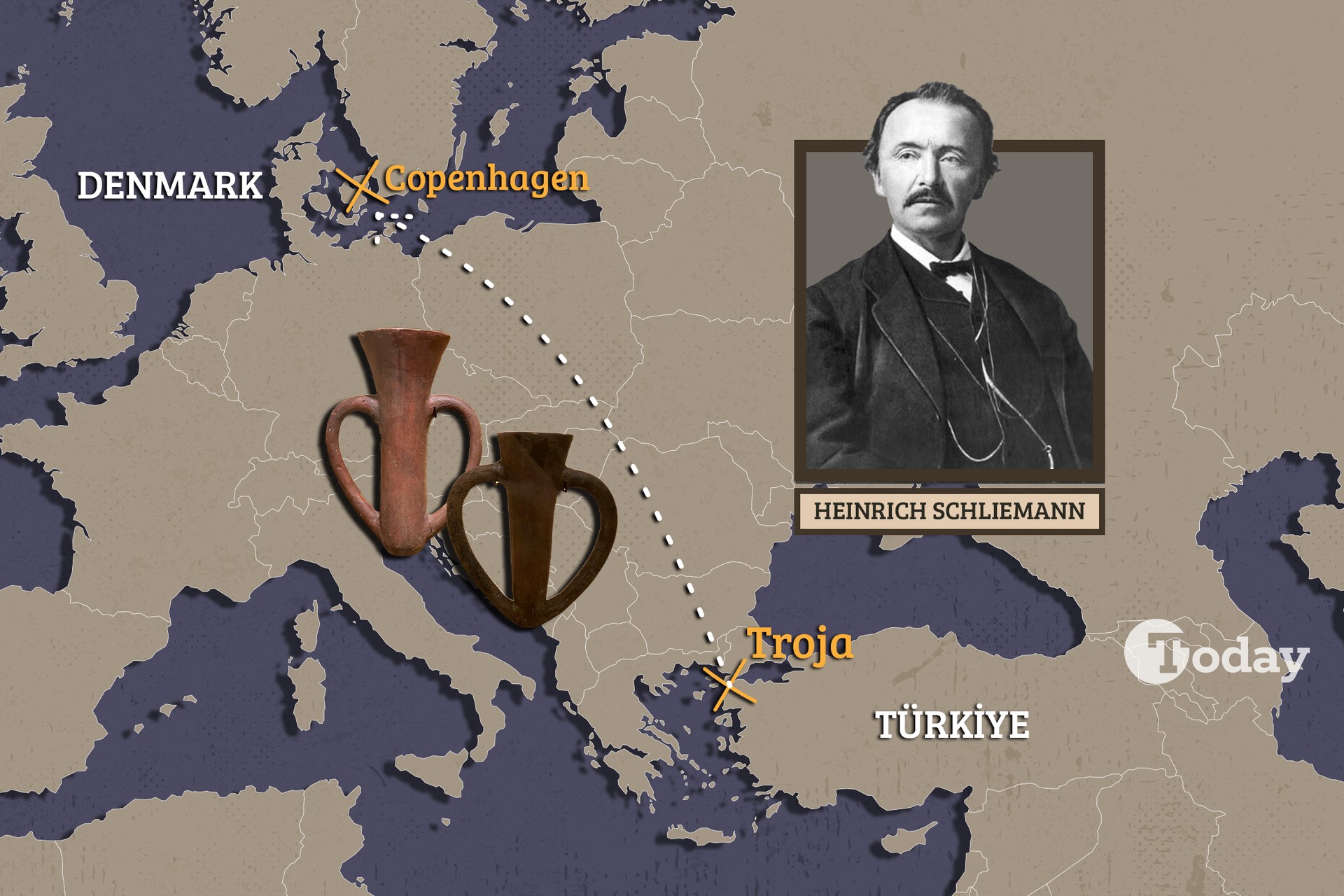
Copenhagen, the capital of Denmark, hosts numerous artifacts from Türkiye's Anatolian geography, obtained through illicit means.
Many of these cultural treasures are exhibited in the National Museum of Denmark, Davids Samling and Ny Carlsberg Glyptotek.
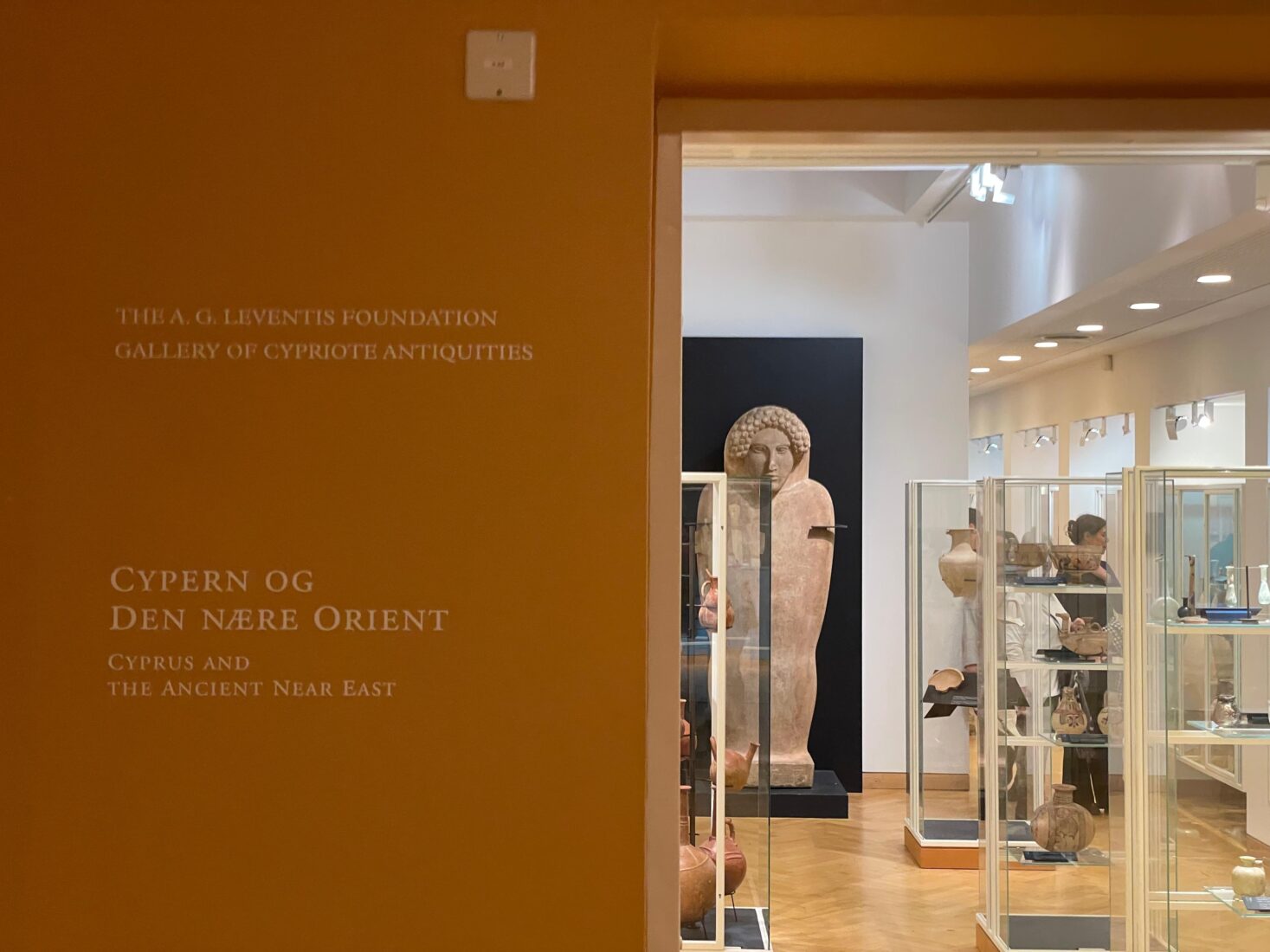
As Türkiye Today, we visited the National Museum's halls housing ancient artifacts originating from Anatolia, including notable pieces from Troy.
At Davids Samling, historical and cultural items from the Seljuk and Ottoman eras are on display, such as a brass doorknocker from a mosque and a wooden coffin lid taken from a tomb. Meanwhile, Ny Carlsberg Glyptotek showcases magnificent marble sculptures from various ancient cities of Anatolia.
Notably, Danish archaeologists who conducted significant excavations in Halikarnassos (modern Bodrum) and Salmakis Fountain were also pioneers in categorizing historical eras like the Stone Age, Bronze Age, and Iron Age in the early 18th century. Their work laid the foundation for the museum’s chronological exhibits.
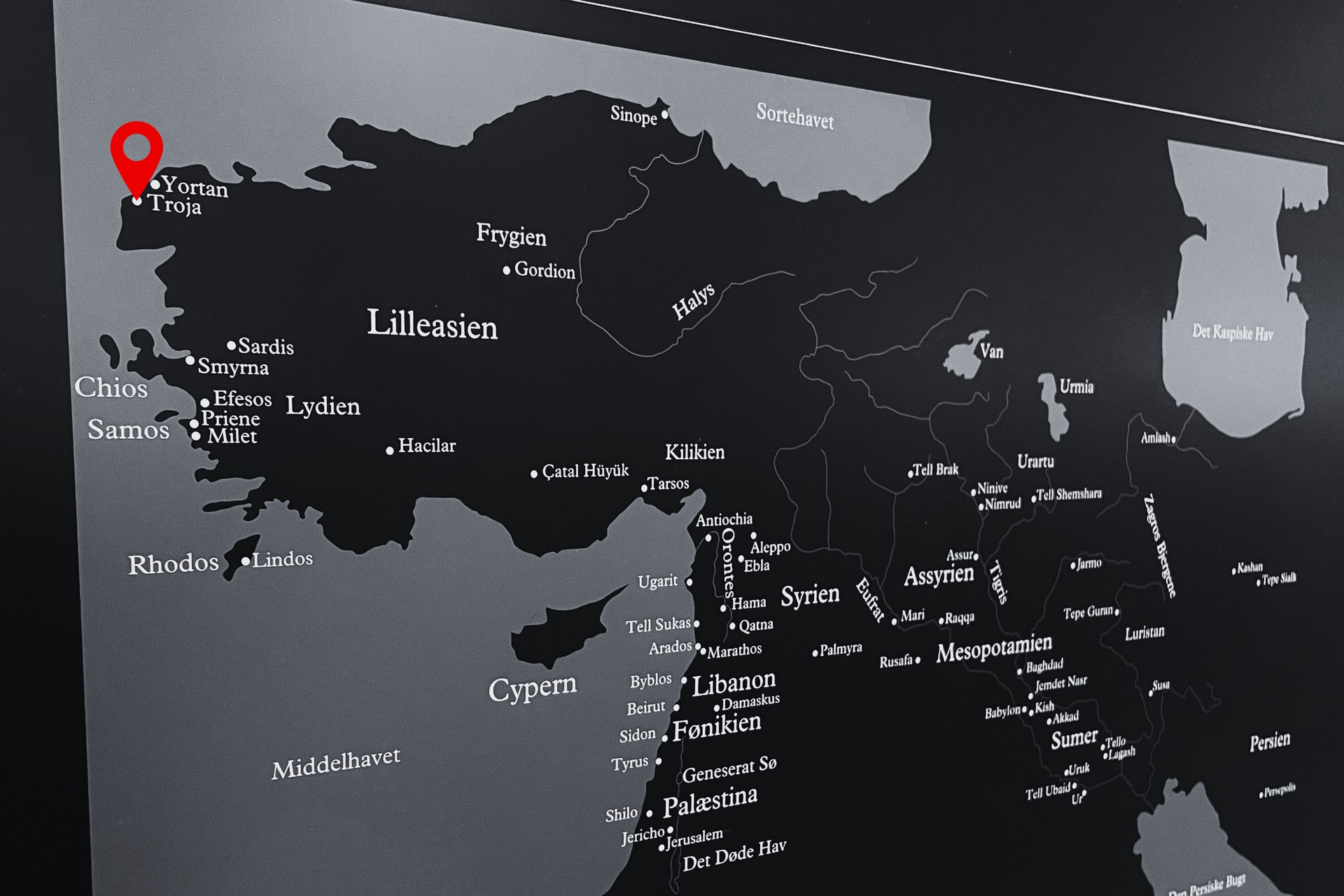
Artifacts looted from Troy by German trader and pseudo-archaeologist Heinrich Schliemann in the late 19th century have traveled the globe. Schliemann smuggled these treasures, often referred to as "Priam's Treasure," first to Greece and later across Europe.
In 2019, several items were brought together for an exhibition at the British Museum. The collection featured pottery, silver vessels, bronze weapons, statues, and sarcophagi sourced from the Berlin Museum, the Ashmolean Museum in England, and the National Museum of Denmark.
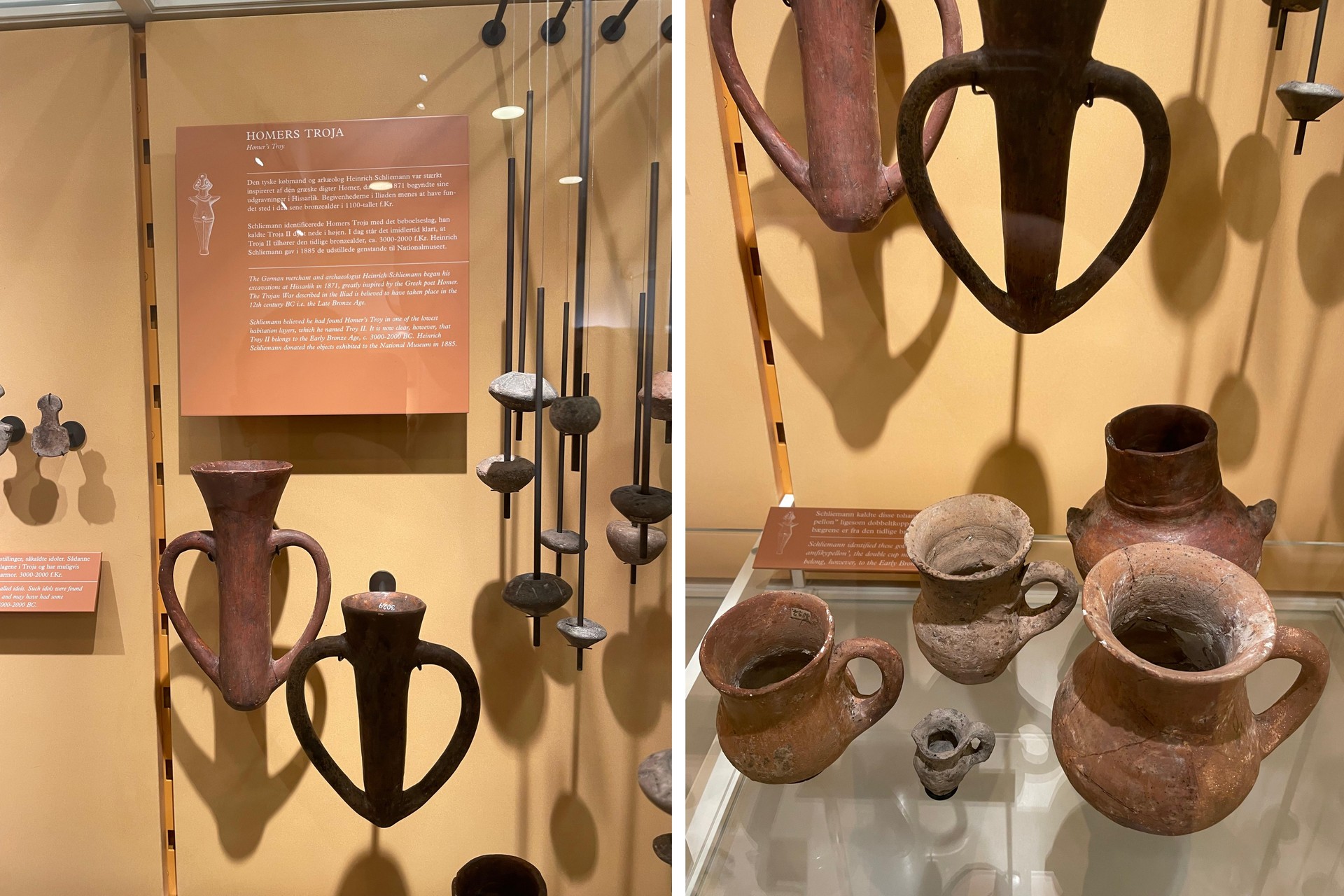
Among the exhibits at the National Museum of Denmark are works inspired by Troy, immortalized in Homer’s "Iliad and Odyssey." These pieces, created during the Roman Empire and later periods, highlight the enduring legacy of Troy.
A museum official, who wished to remain anonymous, acknowledged the ethical concerns surrounding Schliemann's actions.
While the artifacts were donated to the National Museum of Denmark in 1885, the official admitted Schliemann’s excavation permit from the Ottoman Empire did not authorize such removals.
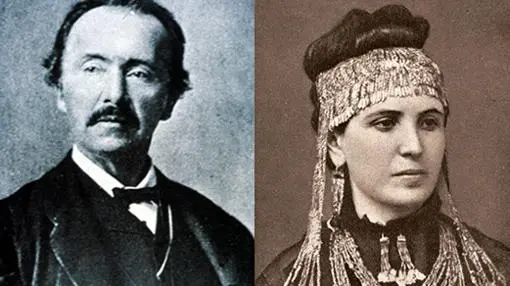
Schliemann's smuggling route began in Hisarlik Tepe, where he believed Troy was located. He documented how his wife Sophia assisted in transporting the treasures to Greece.
Facing lawsuits from Ottoman authorities, Schliemann moved the items to Russia, only to be turned away by the Tsar. Ultimately, he transported the artworks to Germany.
The looted artifacts' journey did not end there. During World War II, they were stored in a Berlin zoo for protection. When the Red Army captured Berlin, the treasures were taken to the Soviet Union as war spoils, adding another chapter to their turbulent history.
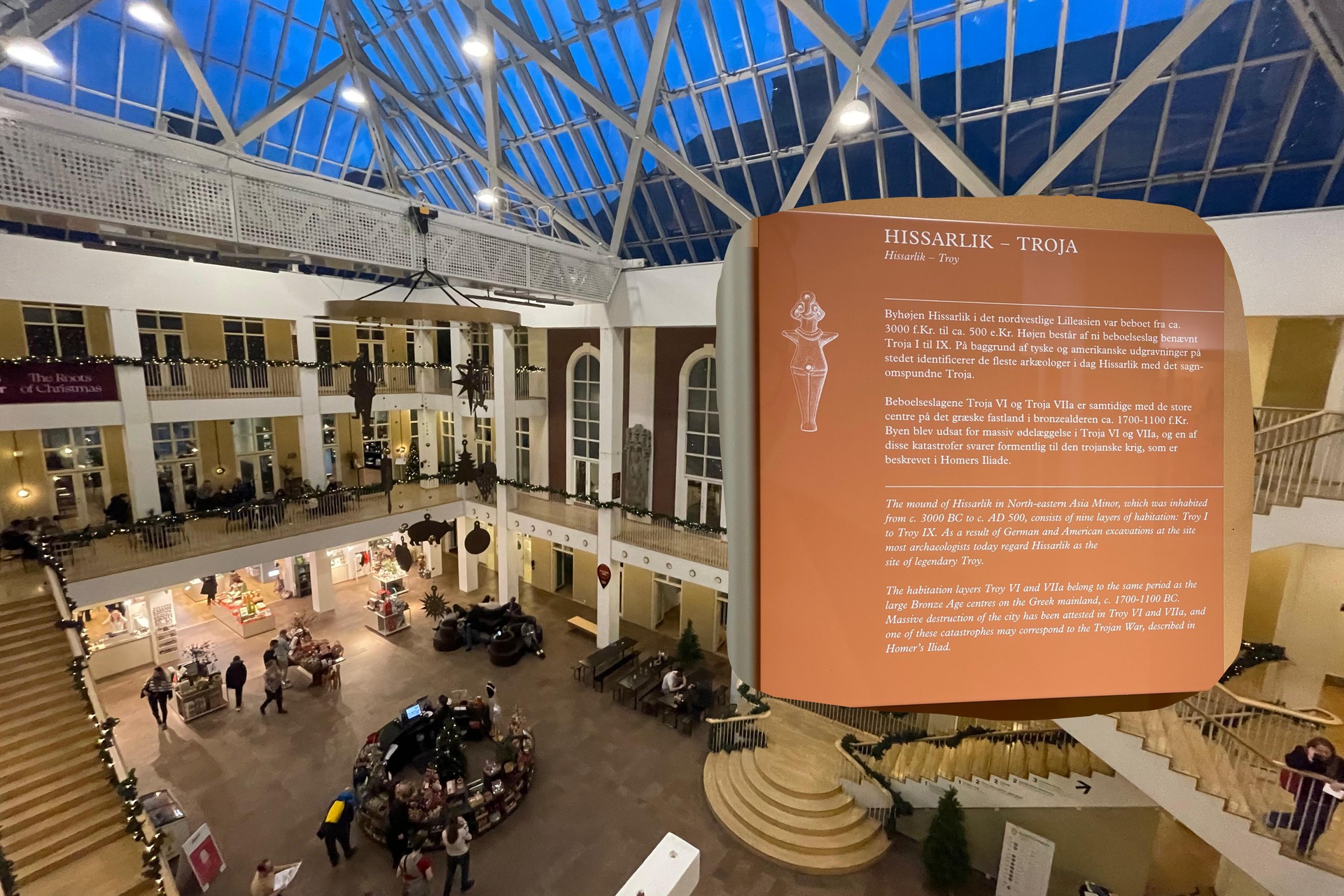
The repatriation of Anatolian artifacts to Türkiye marks a step toward rectifying historical wrongs.
As these stolen pieces return home, they remind the world of the need to preserve cultural heritage where it belongs.
Türkiye’s Minister of Culture and Tourism, Mehmet Nuri Ersoy, recently announced the repatriation of two significant artifacts from Ny Carlsberg Glyptotek: the head of a Septimius Severus statue and terracotta plaques from the Pisidia region.
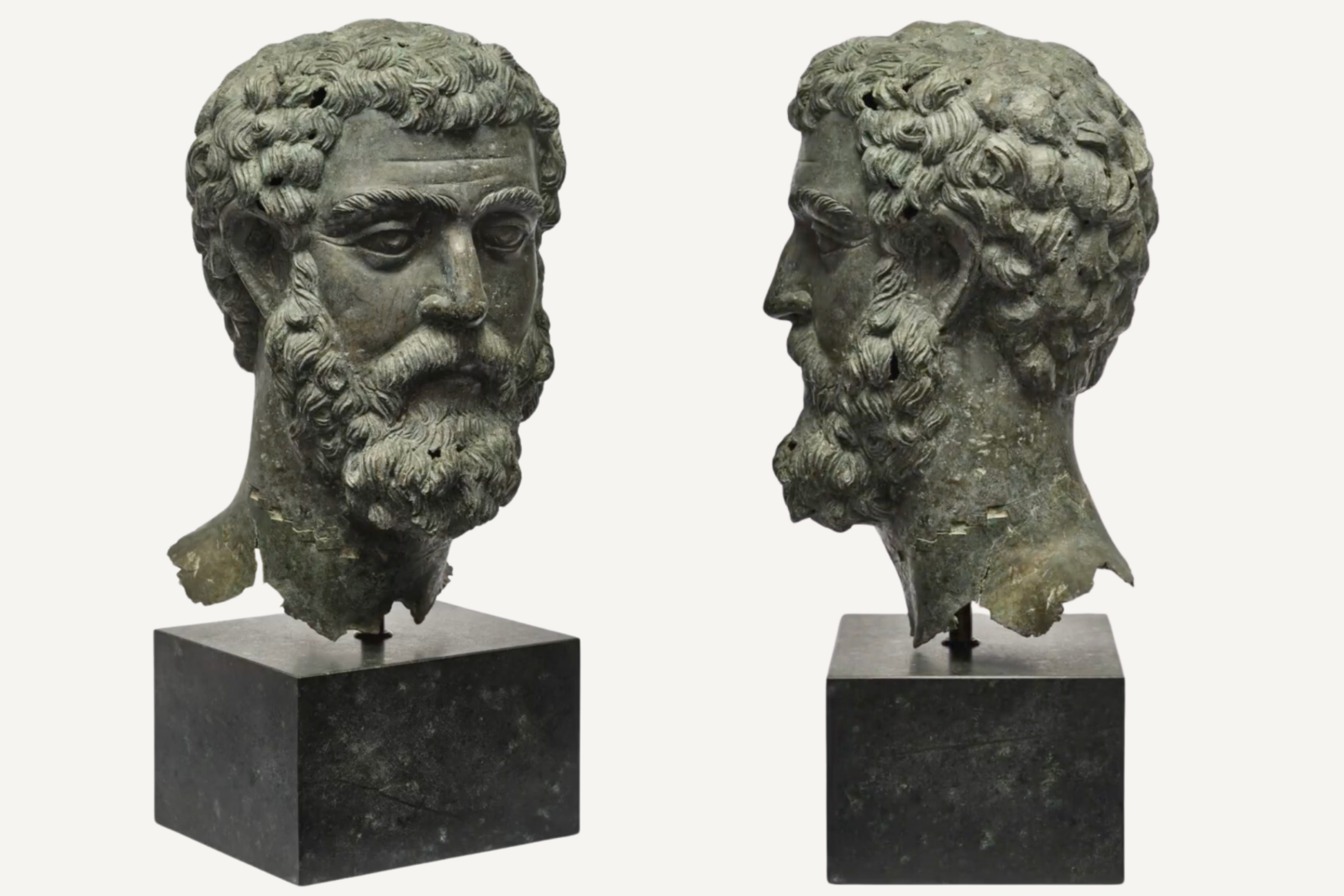
Ersoy highlighted that the statue's body, previously smuggled to the United States, had already been returned.
“The two pieces of the Septimius Severus statue will finally be reunited,” he said, underscoring the importance of reclaiming Türkiye's cultural heritage.
The return of these stolen artifacts is a significant step toward restoring Türkiye's cultural heritage. As more treasures are repatriated, it highlights the importance of preserving and respecting the rightful ownership of historical artifacts, ensuring that they are returned to the countries from which they were unlawfully taken.